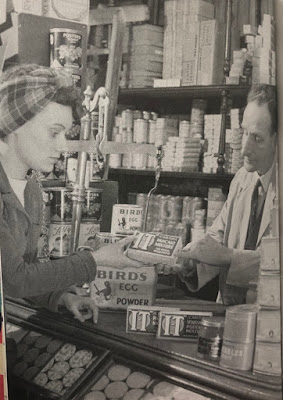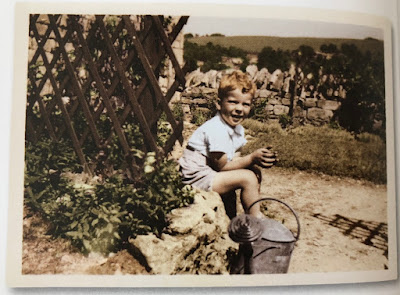Recipes of War: Part 2
Only the Necessities
When we
imagine a cook book or recipes, a chatty, opinion based style comes to mind.
However, the Ministry of Food’s approach to cooking is simple and to the point:
‘wash and dice the vegetables. Fry the leek or onion and carrots in the fat,
add the lentils.’ (18). The sentences are short and snappy and the entirety of the
instructions usually consist of 10-12 lines. The recipes are rather
non-descriptive, presenting the food as something essential to survival rather
than a pleasure for the taste buds! The tone of the recipes lack character and
are instead just instructional. The majority of the enthusiasm appears to be places into pictures and poster propaganda such as: Potato Pete and Doctor Carrot. These were vegetable caricatures designed to promote healthy eating (posters shown below).
Potatoes, Potatoes, Potatoes
Despite,
the lack of conversational tone, the Ministry did attempt to make uninteresting
dishes appear delicious or appealing. Vegetables were not particular appetising
to the population, and potatoes seemed to be the key ingredients to many of the
war-time recipes. To combat this issue the Ministry of Food did attempt to
create interesting sounding dishes, to appeal to British Households. Great examples
include: ‘Surprise Potato balls’ (21), ‘potato piglets’ (30), ‘potato oven
scones’ (75) and ‘sweet potato pudding’ (65). Potatoes were used in all courses
including desserts!
Public health benefits
 |
| Fig 1: ⓒ IWM Archive, p. 36 |
Propaganda posters such as "Doctor Carrot", were introduced to encourage families to eat more vegetables, especially carrots which were easier to cultivate all year round! The poster reminds the war-time viewer of the benefits of carrots, his medical briefcase labelled with the words "Vit A", short for Vitamin A. The caption: "The children's best friend", captivates the younger audience, encouraging them to eat vegetables.
Images Cited:
Fig 1. from: Museum, Imperial War. Victory in the Kitchen: Wartime Recipes. London: IWM, 2016. Print.



Comments
Post a Comment